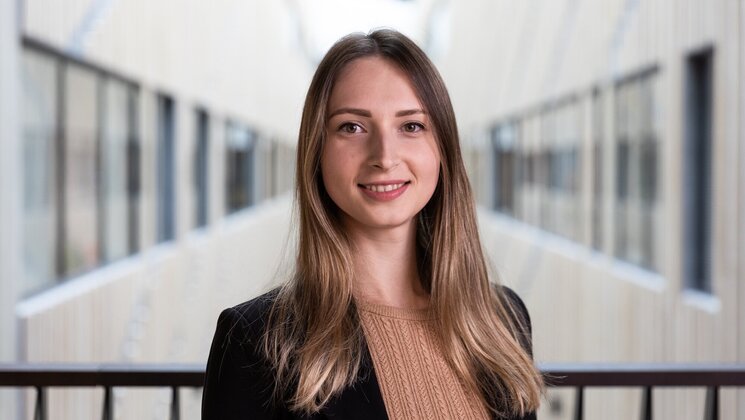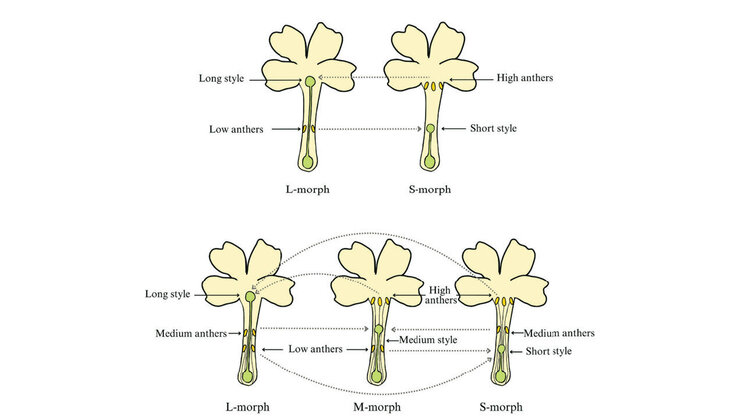Green transition tempts Nordic countries with lithium fever

Our northern neighbours have discovered lithium and rare earth elements, which are inevitable for the green transition and which should also be found in the territory of Estonia.
Smartphones fit in your pocket and can be recharged thanks to lithium. The phones also contain cobalt and many other valuable minerals from the earth's crust. According to current knowledge, the green transition would not be possible without rare earth elements.
The same is true of lithium, a relatively rare metal used in batteries for electric cars and to store solar energy collected during the day. The silvery-white element is simply more efficient than any other resource discovered to date. Batteries made from lithium are lighter than alternatives and allow to store more energy.
According to some forecasts, already in the second half of this decade, the world will need much more lithium than can be extracted today. There are similar problems with many other rare resources. Therefore, the pressure to discover new deposits is growing. Much that is valuable is likely to be found beneath Estonian soils. Where exactly they are, remains uncertain. The search for mineral resources has only gained new momentum in Estonia in recent years.
Among others, the University of Tartu geologists, in cooperation with the Estonian Geological Survey, are mapping the reserves of critical metals in the crystalline basement within the Estonian Research Council's programme Supporting resource valorisation through R&D (RESTA). For this purpose, they apply new technologies to explore the old rock cores drilled from the earth’s crust in the Soviet period. There are kilometres of material.
The layers of ores in the ground are in very different positions, making the task particularly difficult. "It's like looking for a needle in a haystack," explained Professor of Geology and Mineralogy Kalle Kirsimäe, who is involved in the project, "And the search itself is also done with a needle."
According to Professor of Geology Leho Ainsaar, the first results show that the Soviet-era surveys were inaccurate. Back then, to search for metals, the rock drilled out of the crust was ground into powder and dissolved. Now you do not even need to go to the laboratory to conduct an initial express analysis and scan the samples.
Using different methods, Ainsaar and Kirsimäe also map the possible previously known deposit sites. With the help of new technology, they get a modern overview of these rocks for the first time and see where and in what quantities they might find something.
Northern neighbours can provide clues
According to Kirsimäe, the Estonian basement is still a great unknown. Recent studies have shown, however, that the earth's crust might contain everything needed for future technology. Our Nordic neighbours' scientific achievements also hint in that direction.
Finland and Sweden have been mining and exporting metals for a long time already. For example, 93 per cent of Europe's iron ore comes from Sweden. A few years ago, one of Europe's largest lithium reserves was discovered in Finland, and the local mining company Keliber plans to start mining in 2024.
Naturally, mining comes with certain risks. For example, potential spills could pollute the environment. The Finnish court has rejected three complaints concerning environmental issues and given the go-ahead for mining.
To find out what can be found in the earth's crust of Estonia, it is worth looking to Finland and Sweden. With these countries, we are in the same basement rock zone. So what is found there can probably also be found in Estonia. However, the Nordic countries are a little more fortunate because the basement zone opens up on the ground around Stockholm and in southern Finland, and valuable metals are more readily available. The search would have to go deeper in Estonia and probably involve more risks.
The Phosphorite War stifled interest in new mines
Interest in the research of metals faded in Estonia at the end of the 1980s when phosphorite mines were planned in the Virumaa area. Environmentalists were fiercely opposing the plans. The large-scale campaign, the so-called Phosphorite War, led to the emergence of the Estonian Green Movement and later the political party Estonian Greens. So there are probably many people in Estonia who would oppose drilling as a matter of principle.
At the same time, the demand for rare metals is becoming critical in the European Union. The government, and above all, the Ministry of Economic Affairs and Communications, is increasingly interested in mineral resources. According to Ene Jürjens, the head of the ministry's mineral resources department, the focus is now on how to extract the earth metals.
It is too early to talk about mining, she says. "Even with explored resources, it takes decades to start mining, but in some respects, we are only at the beginning of our exploration," said Jürjens.
In the last six months, it has become clear that there is more potential than previously thought. There is also the prospect of finding precious metals, such as silver and gold. The latter was discovered by chance. Siim Nirgi, a Senior Geologist of the Estonian Geological Survey and a doctoral student at the University of Tartu, was exploring the iron ore in Jõhvi two years ago when he found something entirely different.
While scanning the rock samples drilled from the ground, he discovered a chemical anomaly suggesting the presence of precious metals. Together with Professor Kirsimäe, they put the sample under an electron microscope and were delighted to see gold glinting back at them. "We thought there might be something there, but we didn't know we'd stumble on gold," Kirsimäe said. That does not usually happen. For a small country like ours, the possibilities are slimmer than in the neighbouring Nordic countries, and a bit of luck is always needed.
Luck alone, however, will not be enough if the European Union is to make an actual move towards electric cars, wind turbines and solar panels following the green transition. Today, the European Union still imports most of its rare earth metals from China. That is why Kirsimäe worries that the general public does not understand what the green turn really means. "There are a number of elements that are needed for change but are not available yet," he said.
Governments are facing difficult choices. On the one hand, political promises have been made to implement the green transition, while on the other hand, it inevitably means new mines. There are no good solutions unless people agree to give up their comfortable lives and numerous smart devices.
The article was originally published in Novaator. The author of the article is Marian Männi, Research in Estonia.






